EQUINE OSTEOPATHY
Equine Osteopathy is a gentle, hands-on approach that aims to restore optimal movement and function in the horse's body by releasing restrictions, improving biomechanics, and supporting the horse's innate ability to heal.
As an osteopath, I work holistically — addressing the whole horse, not just the symptom. I use a combination of osteopathic principles and techniques, along with specialised bodywork, to assess and support each horse as an individual. My approach encourages balance, ease of movement, and physical and emotional well-being.
Goals of Equine Osteopathy
Support the body’s natural self-healing and self-regulating mechanisms
Restore movement and mobility to joints, fascia, muscles, and connective tissue
Reduce or prevent compensatory patterns before they develop into injury or behavioural issues
Improve circulation, lymphatic drainage, and tissue health
Help identify and address minor dysfunctions before they lead to bigger problems
Promote postural balance and biomechanical efficiency
Create greater physical and emotional harmony


Optimised Performance for Sport Horses & Better Quality of Life for All Horses
Benefits for Your Horse
Whether your horse is a competition athlete, pleasure "pony", growing youngster, or retired companion, Equine Osteopathy can support them at all stages of life, here are some of the main benefits:
Supports improved posture, and spinal alignment
Helps release compensation patterns and improve overall balance
Enhances flexibility, stability, range of motion, and stride length
Increases power, endurance, and strength in performance horses
Calms anxious, tense, or high-energy horses with regular sessions
Aids in relieving tightness, soreness, and muscular fatigue
Releases emotional and physical trauma held in the fascia
Encourages healthier muscles, joints, tendons, and ligaments
Helps reduce inflammation and ease pain
Promotes fluidity of movement and lightness under saddle
Supports lymphatic circulation and tissue recovery
Improves the elasticity and mobility of scar tissue
Reduces the likelihood and severity of injury
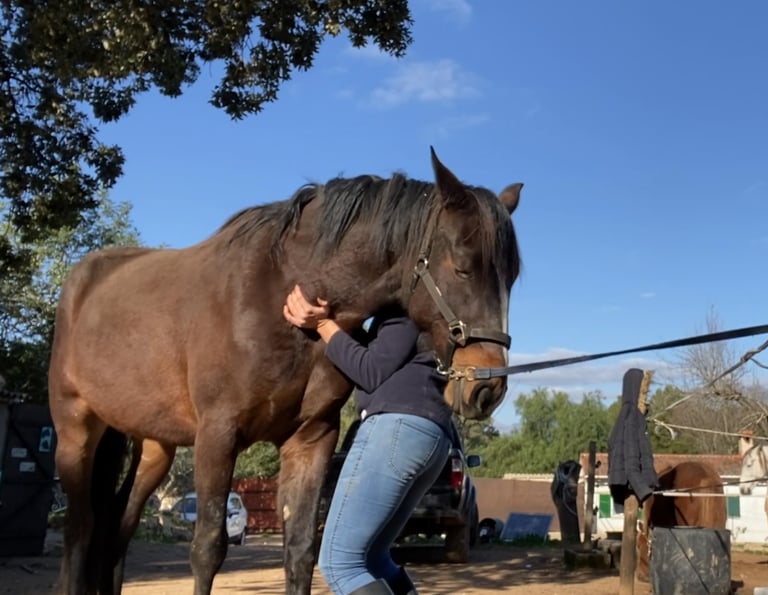

Common Conditions Supported
Osteopathy may be beneficial in a wide range of equine issues, such as:
Unexplained lameness or recurrent movement asymmetries
Stiffness, resistance, or behavioural changes under saddle
Difficulty bending, collecting, or picking up a specific lead
Girthiness, saddle issues, or reluctance to be tacked up
Headshaking, poll sensitivity, TMJ dysfunction
Muscle imbalance or uneven muscling
Chronic tension, reduced range of motion, or recovery from injury
Poor performance, fatigue, or lack of engagement
* Please note: Osteopathy does not replace veterinary care. If I observe any concerns that are out of my scope of work during a session, I will refer you to your vetrinarian for further investigation.
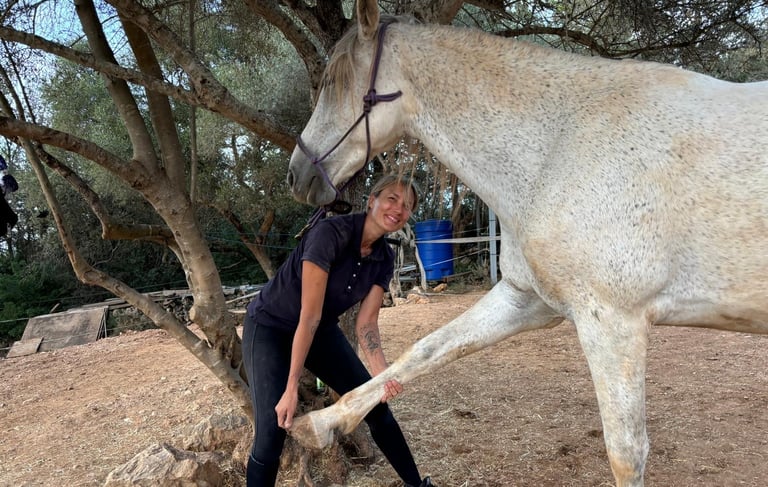

Prevention is Better Than Cure
Regular osteopathic sessions can help prevent injuries and maintain your horse's long-term health. Subtle imbalances or movement restrictions can go unnoticed until they develop into bigger issues, addressing these early helps to avoid compensation patterns, reduce physical stress, and support the whole body in staying supple, aligned, and resilient. Monthly maintenance sessions are highly recommended, but your horse's individual needs will be discussed with you personally.
Early intervention also allows for timely veterinary referrals when needed. Keeping up with maintenance care not only improves quality of life, but can extend your horse’s active years and overall well-being.
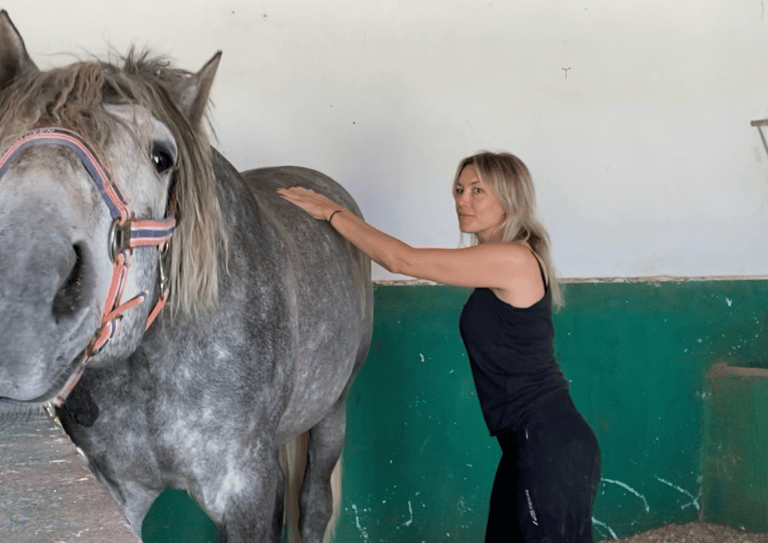

What to Expect in a Session
Each session is tailored to your horse's individual needs, history, and goals. A typical appointment includes:
Thorough case history and discussion of your horse's environment, lifestyle, training, and possibly nutrition
Static and dynamic observation
Gentle hands-on assessment, osteopathic diagnosis, and treatment using osteopathic and bodywork techniques
Aftercare advice and tailored recommendations
First Session: 75–90 minutes
The initial session includes extra time for a full history and to build trust with your horse. I work slowly and sensitively, allowing your horse to feel safe and relaxed as we begin this therapeutic relationship together.
Follow-up sessions are typically 60 minutes and vary depending on the horse's condition and individual response
On the first visit it's recommended for the owner / regular handler to be present, but it is not necessary during the subsequent sessions for an owner / handler to be present (although always welcome).
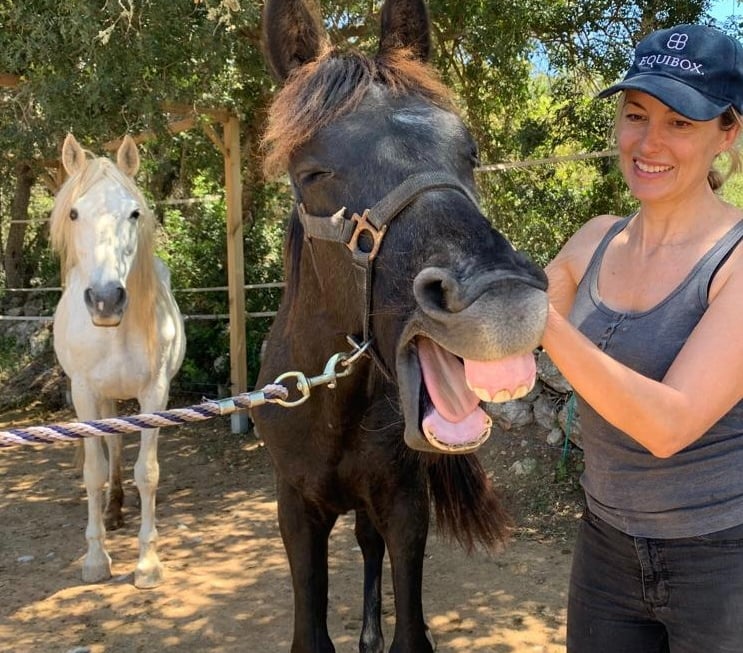

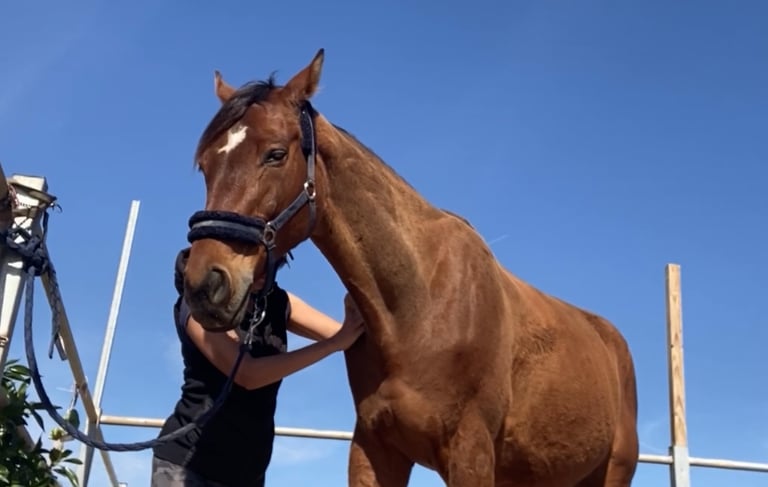

Book a Session:
Ready to help your horse move and feel their best?
Whether your horse is showing signs of discomfort, recovering from injury, or simply needing support to stay comfortable and moving well, I’d be honoured to support their journey toward balance, health, and ease of movement.
Many clients also book regular monthly maintenance sessions as a proactive way to maintain their horse's health and performance, to give back to them for all they do for us humans - and to spot issues in their early stages before they become a big problem requiring more time off from work
👉 For Frequently Asked Questions click here
👉 For Vet Consent Form click here
👉 For Containdications and Considerations for Osteopathy click here
Email:
Disclaimer:
All of the information on this site and before, during, and after your horse’s or dog’s session is not intended to replace Veterinarian advice, diagnosis, or treatment,
your Vet is the most important person in your animals health and wellbeing team and should always be your first call if you have a concern about your animal.

